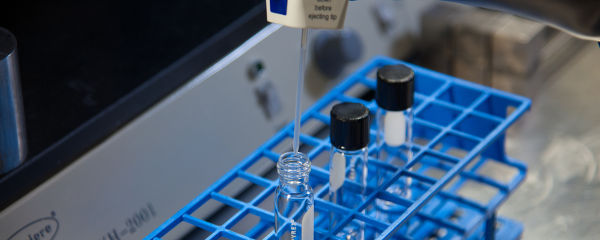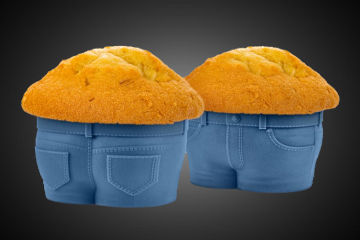What I’ve Learned:
“Capillary action: Is that surface tension in your straw, or are you just happy to see me?”
For a long time, I thought “Capillary Action” was a Tom Clancy novel. That’s partly because I never paid attention in physics class, but mostly because I never paid attention to a Tom Clancy book until Harrison Ford got involved.
As it turns out, capillary action is less about espionage, and more about antigravity. And Alabama Slammers. And sometimes, apple bottom jeans. Yeah. It’s kind of a big deal.
Capillary action, or capillarity, describes the movement of fluids in narrow spaces, without any outside force — including gravity. In fact, capillary action often occurs in a direction opposite gravity — like when a bit of your Alabama Slammer climbs up the inside of the straw while it’s resting in the drink, as though the alcohol was trying to claw its way closer to your brain.
(This is why I only drink margaritas. The salted rims keep the alcohol demons at bay, until you decide you’re ready for tequila.
Also: you’re never ready for tequila. No one’s ready for tequila.)
This seemingly-magical uphill slide is actually caused by two physical forces, which are both attractive: the surface tension of the liquid (caused by mutual attraction of its molecules) and the adhesion (again, molecular attraction) of the liquid to the sides of the tube (or straw, or South American monkey-hunting blowgun, if that’s your thing) it’s in.
The combined action of these forces creates a meniscus, or a curve in the surface of the liquid. In fluids like water, the meniscus is concave, meaning the edges touching the walls are higher than the level in the center. As these edges adhere to the tube, the water is pulled further and further up the sides, and voila — capillary action.
It’s like how when some people put on their “skinny jeans”, some of the fluid around their midsections adheres to — and climbs up, and spills over — the sides. The smaller the container, the more climbing up (and out) is going to happen. So basically, capillary action is the muffin top of the physics world.
Except capillary action is caused by attractive forces, and muffin tops are more often caused by Frito pie. Which is far less attractive. Molecularly speaking, of course.
Capillary action is a pretty important phenomenon, though, and scientists have been poking at it for hundreds of years. Leonardo da Vinci first reported it, and some pretty big scientific cheeses — Robert Boyle, Jacob Bernoulli and Lord Kelvin, for instance — have studied and described it. Albert Einstein’s first scientific paper, in fact, was about capillarity. And that guy was pretty smart. He might have even been ready for tequila. Maybe.
Even outside our caipirinhas and our Calvin Kleins (which don’t technically count, but work with me here), capillary action is everywhere. Sponges use capillary action to suck up liquids; so do paper towels. It’s also how trees get moisture to their leaves. Your tear ducts are tiny straws that use capillary action to drain away tears. And those “wicking” fabrics that are all the rage among gym-goers (if somewhat less so among Frito pie fans)? That’s capillary action sucking the sweat off your body and keeping you cool and dry.
So the next time you’re sipping a Sex on the Beach or aerobicizing in Under Armour, take a moment to think about capillary action.
And also Harrison Ford. If they ever make the Capillary Action spy thriller, he’ll make it a lot more interesting.



